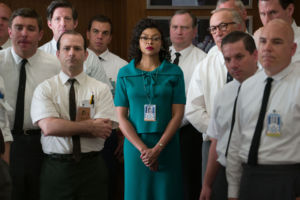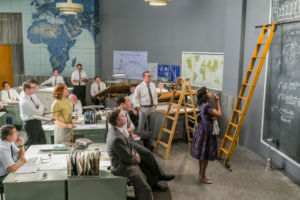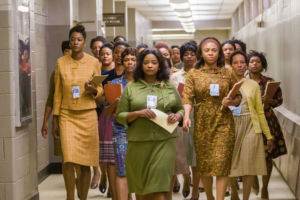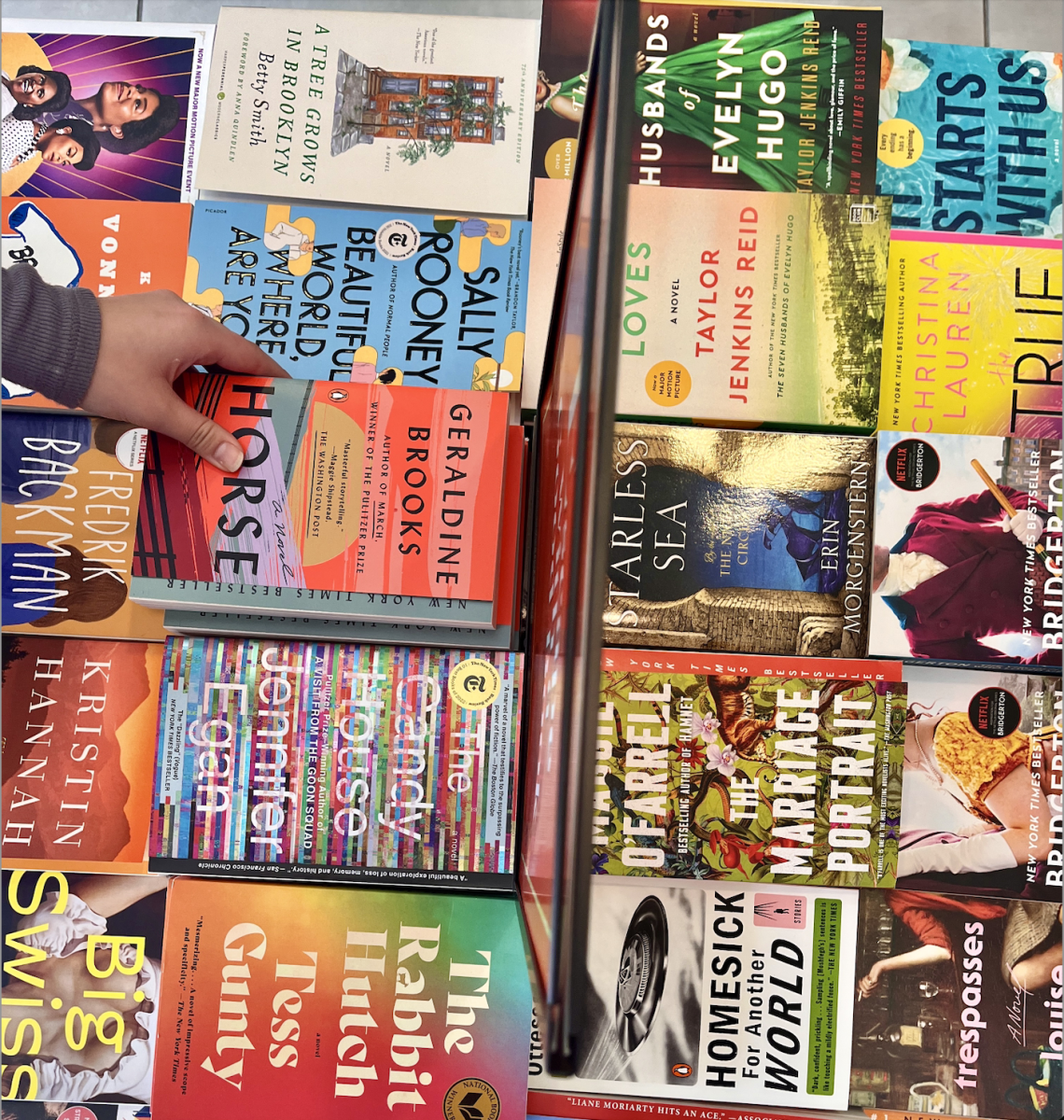“Hidden Figures” combines the drama as well as the mathematical genius of “Imitation Game” with the energy, life and examination of civil rights issues in “The Help.” Based on a nonfiction book with the same title, “Hidden Figures” brings to life the long-neglected story of three brilliant African American women working for NASA during the Space Race in the 1960’s—Katherine Johnson (Taraji P. Henson), Dorothea Vaughan (Octavia Spencer) and Mary Jackson (Janelle Monáe). These women played a pivotal role as human computers—called “computors,” a now obsolete term—in the calculations necessary for the launch and landing of America’s first spacecrafts before mechanical computation overtook human capability.

Katherine, Dorothea and Mary are sassy and strong from their permed hair and stylish dresses to their witty comments. Their chemistry brings the story to life and pulls the audience in from the get-go. Playing Mary Jackson, the most stubborn and outspoken of the group, Monáe brings youth and poise to her character. She aspires to be an engineer although female engineers were, at the time, unheard of. Additionally she, as a female of color, is a particular outlier.
Dorothea is the eldest of the trio. She takes her unofficial assignment as supervisor of the “colored computors” very seriously and is teased for sometimes forgetting to transition out of that position when with her friends, Katherine and Mary. Spencer is dignified and subtle in her role. She has a quiet power that demands attention but does not overwhelm her co-stars. Her delivery is perfect, from the occasional biting comment towards an unenlightened supervisor to her encouraging words for the women she supervises at NASA.

Katherine plays the most central part in the film. Her calculations most directly affect the NASA space program and she works in direct contact with its head, Al Harrison (Kevin Costner). She works in a large office in which she is one of only two female staff members as well as the only African American. She repeatedly proves her incredible mathematical abilities, crafting and solving equations that most of her peers never even thought of. However, Henson oftentimes overexaggerates her reactions and expressions in her acting, lacking the subtlety Spencer brings to her character. Nonetheless, she is still engaging and has a brilliant diatribe against the idiocy of segregation during which her stunned, white male coworkers as well as the audience are completely absorbed by her raw and real diction and tone.
Katherine’s impassioned speech in the middle of the film is important because it reminds the audience of the incredible true story the film is portraying. These three women were pioneers: they were brilliant, they were important, and they changed the course of history through their role in NASA’s space program. However, they are largely unrecognized and underappreciated. For example, it took until 2015 for Katherine Johnson to receive the acknowledgement she deserved, when President Barack Obama awarded her the Presidential Medal of Freedom.

Although the backstory for the film was inspiring and the casting spot-on, the videography was lacking. In movies that revolve, at least in part, around space and space travel, the camera angles are what truly give the film the awe-inspiring effect. Without creative and interesting shots, the audience members do not feel the immensity of space nor are they reminded of how awesome the feat of space travel truly is. The visuals in the movie were not as impactful as they could have been, especially during the take-off and landing of the spacecrafts, when the viewpoint was either too far away or too close up. Although the lives and personalities of Katherine, Mary and Dorothea were arguably more central to the plot of the movie, some expansive shots of Earth from space or of NASA’s massive space crafts would have added more intrigue to the film as a whole.
“Hidden Figures” will make you laugh at times, feel woefully under-schooled in mathematics at others, and give you a glimpse into a quieter, less-known part of the civil rights movement about which you may have never read or even heard of. Its leading ladies work harmoniously to bring to you a story that needs to be heard: three brilliant African American women helped to get America into space. That’s something you probably won’t learn in your high school United States history class, right?














